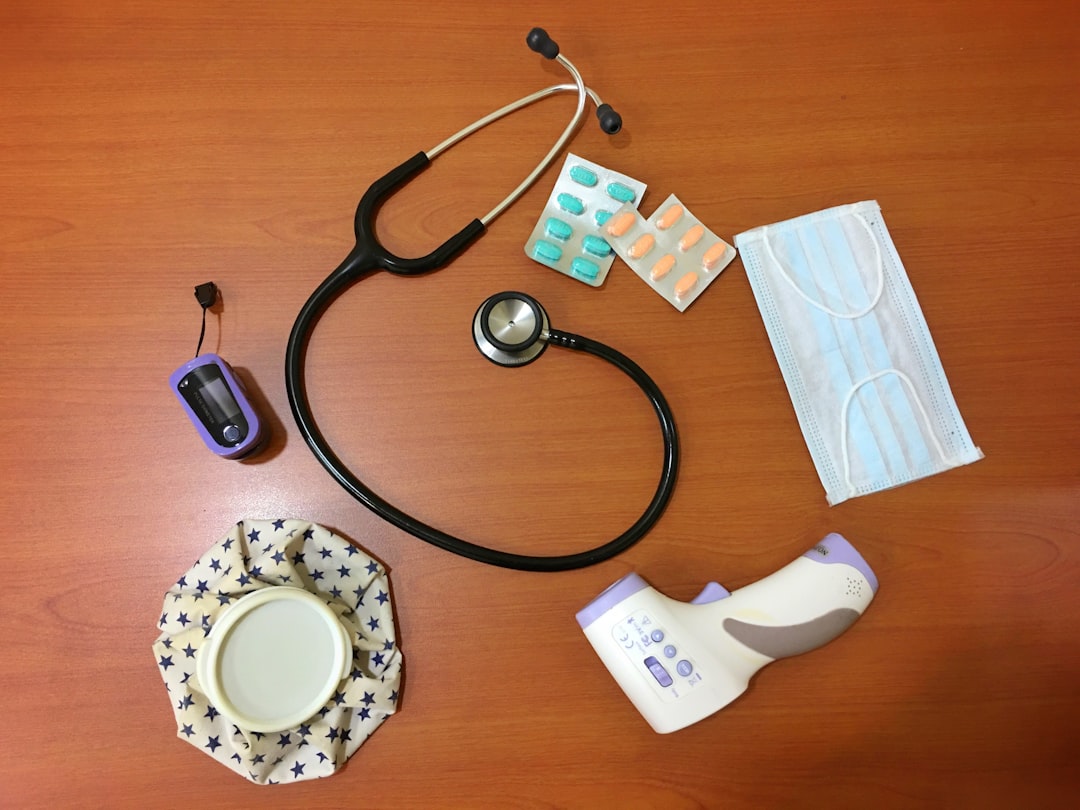What is it about?
Leprosy, caused by infection with Mycobacterium leprae, is curable with antibiotics. Multiple drug treatment (MDT) for leprosy consists of three antibiotics – rifampin, dapsone, and clofazimine, and this has not changed since 1982. Since then, newer and more potent drugs to kill M. leprae have been discovered in the laboratory. But robust clinical trials have not been done with the newer antibiotics. A major roadblock is that it has been extremely difficult to determine when one regimen actually works better than another, i.e., kills M. leprae faster in a patient. This is because M. leprae does not grow in culture and so it has been difficult to determine whether the bacilli are alive or dead after treatment. The old methods to assess whether M. leprae are alive or dead date to the 1960's, and are very slow, expensive, and available in only a few laboratories. Some doctors promote the use of newer antibiotic combinations but do not provide new, better data to support their view. Strong opinions are expressed in letters and editorials in medical journals, but such arguments will not bring about change. Well-designed clinical trials, with sufficient numbers of patients, could determine which combination of the newer, more potent antibiotics will provide the best, safest, fastest and least expensive treatment. A new molecular test now enables the direct, rapid, and low-cost determination that the bacilli in a patient have been killed by the treatment used. This advance makes it possible to do the necessary trials in a reasonable time and at a reasonable cost.
Featured Image

Photo by Roberto Sorin on Unsplash
Why is it important?
The old MDT regimen to treat leprosy works, but it requires multiple pills daily for months or years, and side effects of some of the medicines discourage some patients -- and doctors. A newer regimen that uses fewer medicines for a shorter time would offer many advantages. The newer drugs that have been discovered are more effective at killing M. leprae in laboratory studies, and they are already used to treat other infections. Good clinical trials are needed to determine which combination of these new medicines is best for treating leprosy. The new molecular tests to determine the effectiveness of a treatment regimen now make it possible to do the necessary clinical trials in a reasonable time and at a reasonable cost.
Perspectives
Medicine has advanced considerably in the last 40 years, including the discovery of several new antibiotics that are highly effective in killing M. leprae. This makes it disheartening and frustrating that the worldwide antibiotic treatment for leprosy has not also advanced in the last 40 years. The new tools now available can and should be used in clinical trials to determine the best antibiotic treatment for this disease. Knowing which regimen is proven to be the best is the first step in implementing a newer, better treatment worldwide. [Note: The views expressed here are those of the author and do not represent the opinions or policies of the National Hansen's Disease Programs.]
Dr. David Scollard
National Hansens Disease Programs
Read the Original
This page is a summary of: Leprosy treatment: Can we replace opinions with research?, PLoS Neglected Tropical Diseases, October 2020, PLOS,
DOI: 10.1371/journal.pntd.0008636.
You can read the full text:
Contributors
The following have contributed to this page










